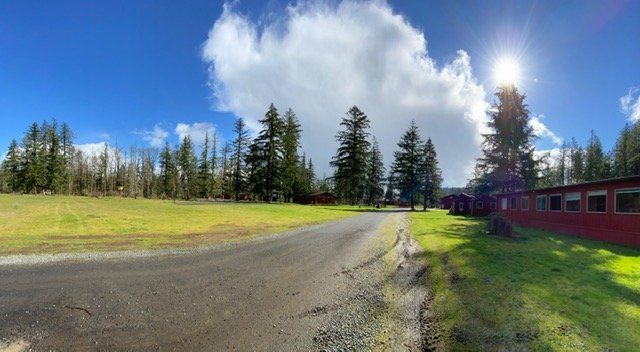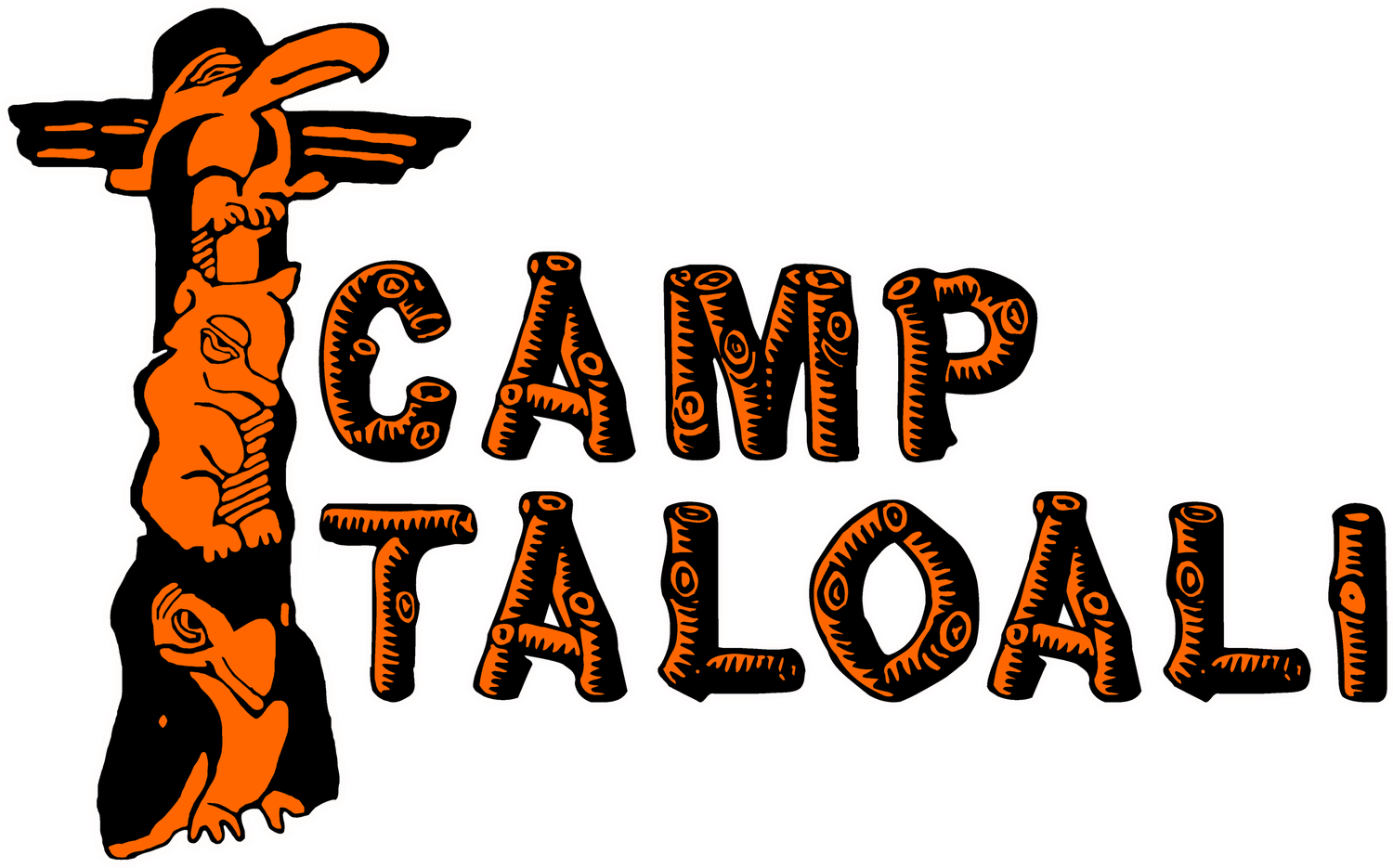
The Mission of Camp Taloali
Deaf and Hard of Hearing Children
To promote camping skills through an outdoor camp environment with emphasis on communication, leadership, and social development for deaf, deafblind, deaf disabled, hard of hearing while partnering with other community youth.
It all began in 1972.
Story behind the Mission of Camp Taloali by Jean Teets
As narrated by Jean Teets at a family reunion in the summer of 1972, Roma Rae Cline (Royal Teets’s sister) and Mary Anne Koch (daughter of Betty and Tony Koch) were talking about Mary Anne’s work in the area of recreation. Roma Rae told Mary Anne that there was a great need to have a leadership and nature camp for *Hearing Impaired children in the Pacific Northwest because at that time the only other camp for hearing impaired children was at Swan Lake in Minnesota. Royal was brought into the conversation and the three of them agreed that they would start meeting regularly to develop some ideas, and see if they could get the camp off the ground by using land that belonged to the Koch family.
First Contributions
Mary Anne did a lot of writing and organizing on her own. In February or March, 1973, a meeting of interested people was held at the Oregon School for the Deaf to show some slides and drawings of the camp plan and to rally needed support. About this time, Buddy Singleton began to put together the first camp brochure for the first camp session.
The Meaning of Camp Taloali
The camp site was named Camp Taloali which means “Bird Singing” in Indian language.
A Problem Resolved with Previous Governor Tom McCall's Help
A problem of interest came up when the group faced the fact that the State of Oregon had a new access ordinance that would not allow access to the camp off the highway. A delegation of several people went to then Governor Tom McCall to explain the situation. He advised them to consult the Highway Department, and this resulted in the access being granted.
The Establishment of the Board and the Campground
A Board of Directors was formed and incorporation as a non-profit organization was received. Shortly after this, the 48- acre campsite was purchased from the Kochs. In 1978, an additional 63 acres adjacent to the campsite were purchased, bringing the total acreage to 111. Tony Koch and Jack Campbell, using their own equipment (backhoe, grader, tractor, etc.) at their own expense dug and laid the underground electrical lines. A large utility building was erected and the sanitation facility forms were dug and poured with concrete. Arrangements were made with the National Guard to help with some of the land leveling and various other projects. Many volunteers helped with small projects, clearing brush, trimming trees, etc.
The Amazing Contributions of Royal Teets
Royal Teets took care of getting all the permits for building, wiring, plumbing and the sewer system. He has acted as foreman on all of the projects to see that everything has been done properly.
The Kochs's Notable Mention of Royal Teets
Tony and Betty Koch (Betty is Royal’s cousin) who owned the land originally has this to say: “The reason we considered the camp was Royal Teets. We knew him for his traits of unselfish, hardworking, level-headedness. He is a good-natured, caring person.”
The First Camp Director: Julian Singleton
Julian Singleton helped move mountains and became the first camp director. The first session was a huge success. At that time, there were no cabins, so the campers roughed it out in the tents and showered in a makeshift shower out in the open, under a water tower. Since that first session, a number of changes have taken place on the campsite. Cabins stand under majestic trees. A new pavilion with a complete kitchen has been built. (Bernice Singleton, who was the first camp cook and mother to the campers, and a “Jill of all trades” probably, wishes she had the same equipment those long ago years.)
The First Donations and Volunteers
A wonderful swimming pool has also been erected to the delight of the campers—thanks to donations from Pax Riddle and the Lions. Anita Ficklin devoted much of her time towards fund raising. Her dinners and auctions were very memorable affairs. Lou Campbell was active in a variety of ways. Royal’s parents, Rusty and Hazel Teets were also involved. Bob Jones, a devout member of the mighty Lions, set out to recruit helpers and funds. Through his efforts, key people in the Lions came on the scene. Walt Trandum made heroic moves to get the Lions involved, and these special people have poured thousands of dollars and equipment into this project. He has continued to move around the State talking to members of Lions Clubs and various organizations telling them about the camp and what a wonderful place it is. His hard work has paid off the property payments and bought needed supplies for all of the buildings. His wife, Yvonne, has continued to help in whatever ways she can usually ending up doing some of the dirtiest jobs. Ron Neffendorf continues to go around seeking thousands of dollars from businesses for plumbing, wiring and buildings. His wife, Betty, has been instrumental in securing camperships. Her accomplishments are too numerous to mention. Last, but not least, are the World Deaf Timberfest Committee members who have spent hours and hours of their own time to prepare for this celebration, These hardworking people have *hearing impaired children close to their hearts, and have donated proceeds to the Camp since they began the Timberfest in 1982. Our hats go off to them, also! There are so many people who should be applauded for their work!!!
Mentions of Appreciation
Kudos go to these numerous people who continue to give unselfishly of their time and money to make the camp what it is today and will be tomorrow. These people are the Lions; the Lionesses, the Timberfest Committee; the Street Rod Club members; donors; volunteers from associations, athletic clubs, churches; staff from Oregon and Washington Schools for the Deaf, and people from off the streets.
